51 pages • 1 hour read
Virginia WoolfTo the Lighthouse
Fiction | Novel | Adult | Published in 1927A modern alternative to SparkNotes and CliffsNotes, SuperSummary offers high-quality Study Guides with detailed chapter summaries and analysis of major themes, characters, and more.
Important Quotes
“They must find a way out of it all. There might be some simpler way, some less laborious way, she sighed. When she looked in the glass and saw her hair grey, her cheek sunk, at fifty, she thought, possibly she might have managed things better—her husband; money; his books.”
(Part 1, Page 11)
At this moment in the novel, Mrs. Ramsay’s self-examination reveals her self-doubt. Though the houseguests and the members of family perceive her as a great beauty, she can only see signs of aging in her reflection. Because the reader is also made aware of the thoughts and feelings of other characters in the novel, Mrs. Ramsay’s self-criticism is particularly poignant; she is self-aware enough to realize that others may criticize her for her interactions with Mr. Ramsay, but less aware of her own beauty.
“They were so critical, her children. They talked such nonsense. She went from the dining room, holding James by the hand, since he would not go with the others. It seemed to her such nonsense—inventing differences, when people, heavens knows, were different enough without that.”
(Part 1, Page 14)
Part 1, the longest section of the novel, offers the reader significant insight into Mrs. Ramsay’s experience as a mother of eight and wife to a philosopher of middling repute. For Mrs. Ramsay, the intellectual debates that occupy Mr. Ramsay are similar to the quarrels of her children. As a mother and wife, her role appears to be peacemaker, so the deliberate efforts of her family to cause interpersonal problems frustrate her.
“It was as if the water had floated off and set sailing thoughts which had grown stagnant on dry land, and gave to their bodies even some sort of physical relief. First, the pulse of colour flooded the bay with blue, and the heart expanded with it and the body swam, only the next instant to be checked and chilled by the prickly blackness on the ruffled waves.”
(Part 1, Page 29)
When Lily Briscoe and William Bankes heed their daily impulse to walk to the bay, it is a response to an undefined need within themselves. The novel does not explain the need, just that the need exists, and their physical and emotional sensations are impressionistic rather than descriptive, lending the walks an air of spiritual mystery.
Related Titles
By Virginia Woolf

A Haunted House and Other Short Stories
Virginia Woolf

A Room of One's Own
Virginia Woolf

Between The Acts
Virginia Woolf
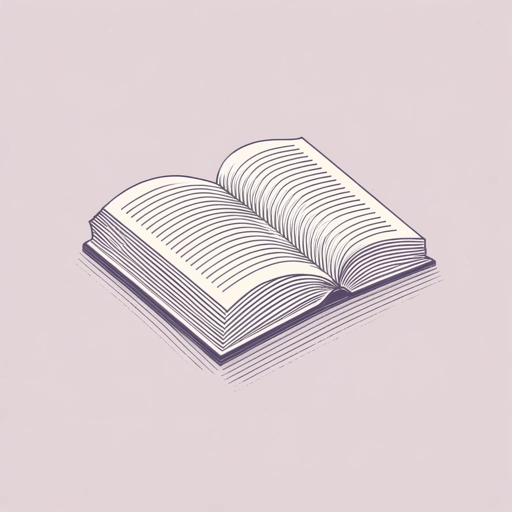
How Should One Read a Book?
Virginia Woolf

Jacob's Room
Virginia Woolf
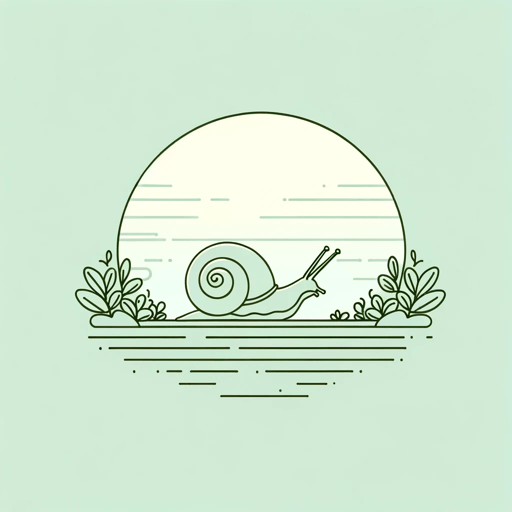
Kew Gardens
Virginia Woolf

Modern Fiction
Virginia Woolf

Moments of Being
Virginia Woolf
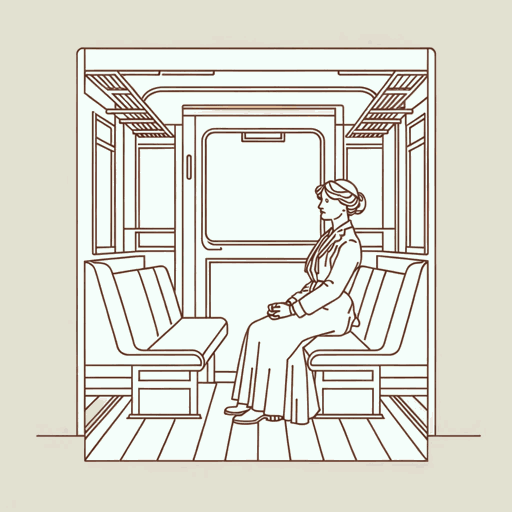
Mr. Bennett and Mrs. Brown
Virginia Woolf
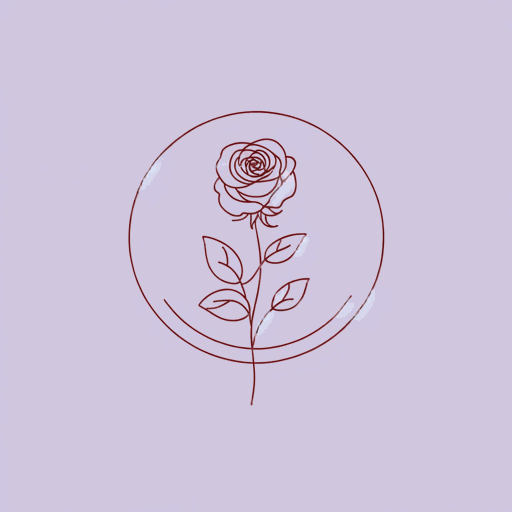
Mrs. Dalloway
Virginia Woolf
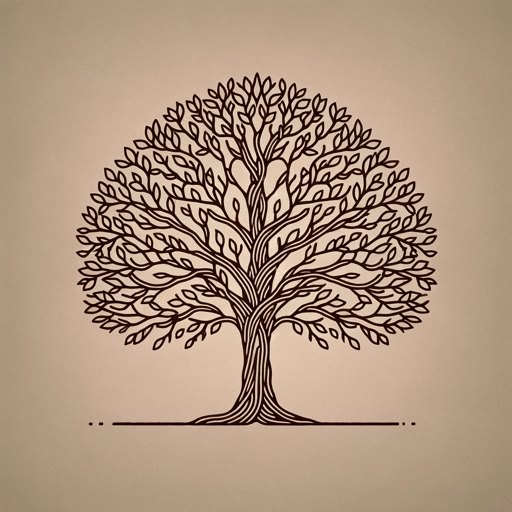
Orlando
Virginia Woolf
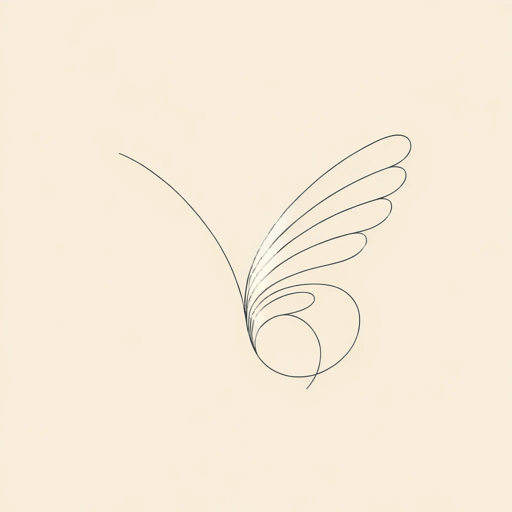
The Death of the Moth
Virginia Woolf
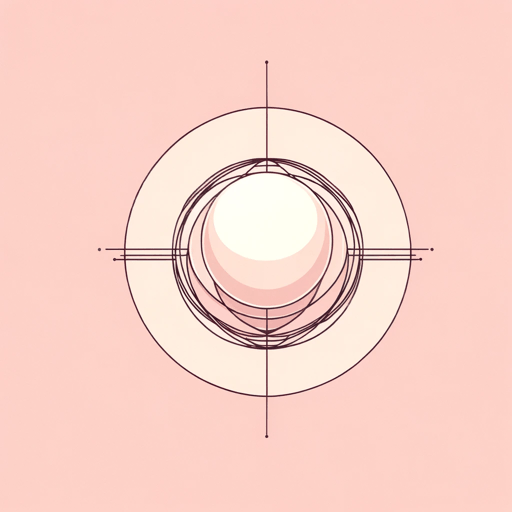
The Duchess and the Jeweller
Virginia Woolf
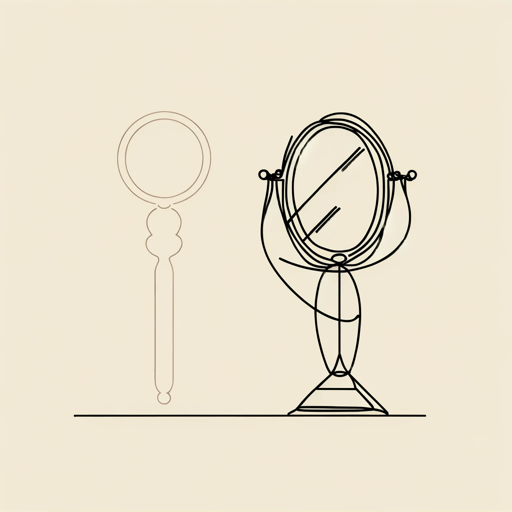
The Lady in the Looking Glass
Virginia Woolf
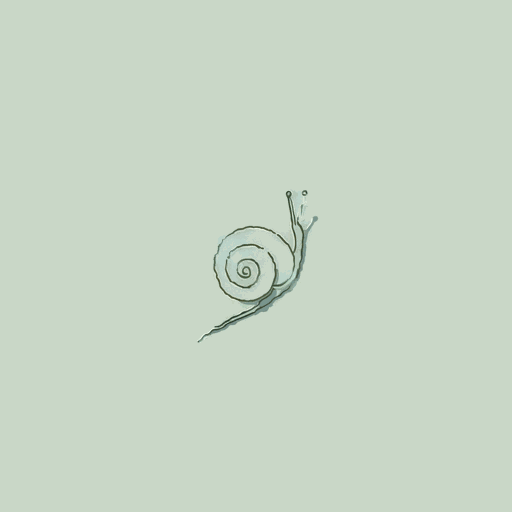
The Mark on the Wall
Virginia Woolf
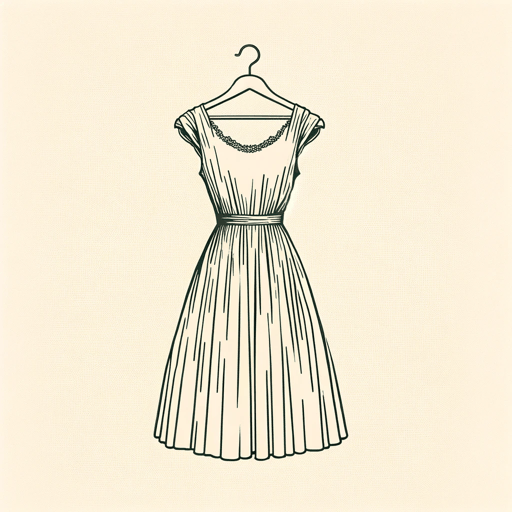
The New Dress
Virginia Woolf
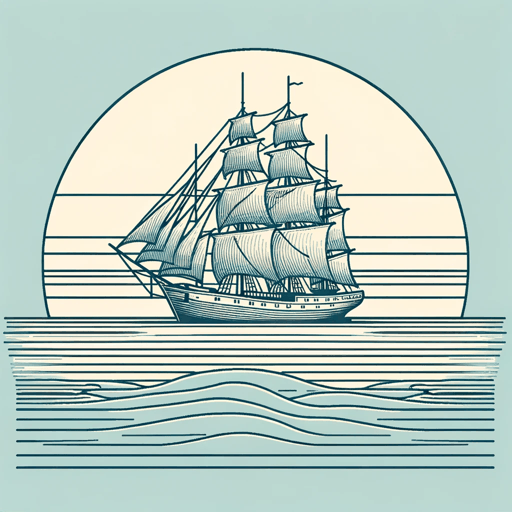
The Voyage Out
Virginia Woolf
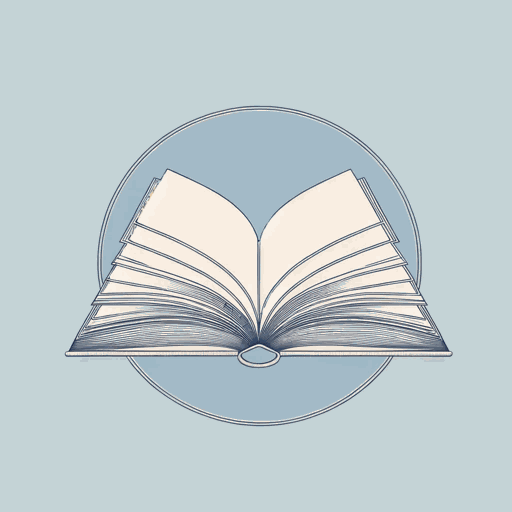
The Waves
Virginia Woolf
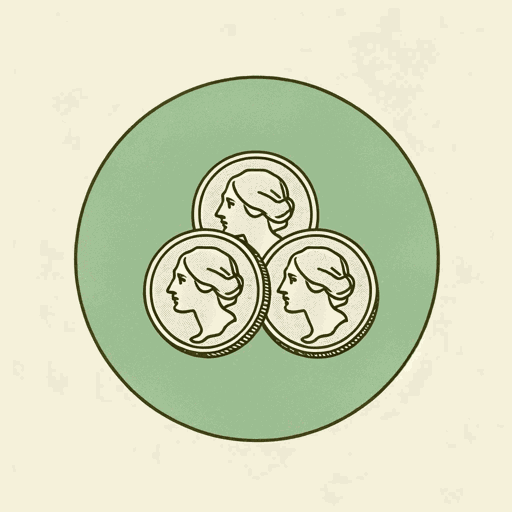
Three Guineas
Virginia Woolf

